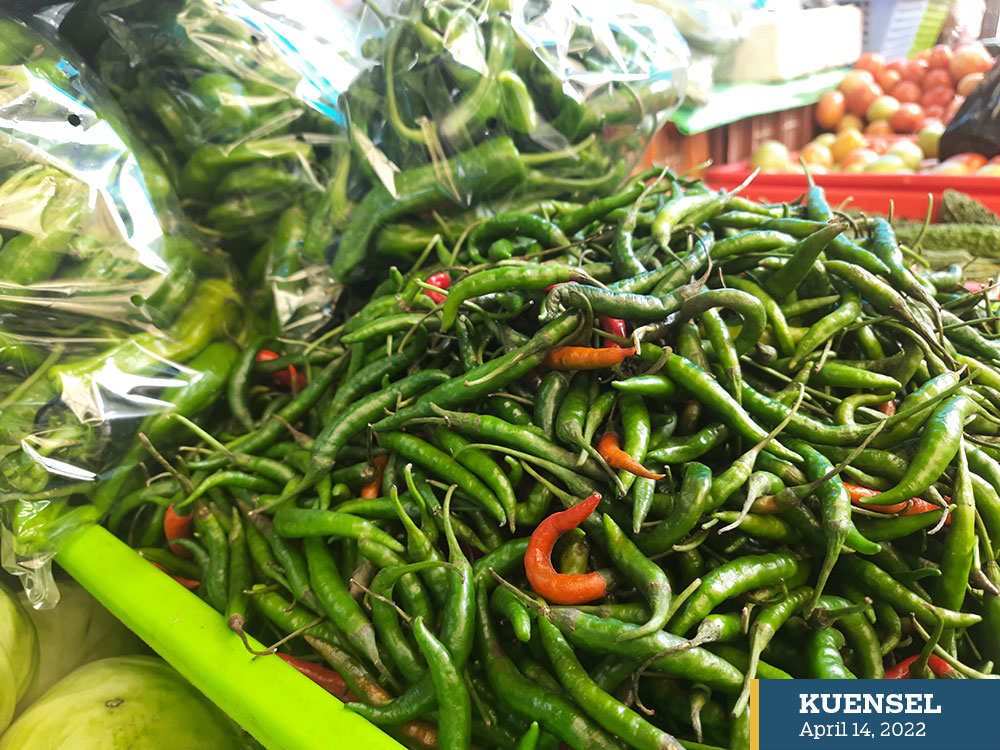Chhimi Dema
Bhutan Agriculture and Food Regulatory Authority (BAFRA) allowed the import of 179.17 metric tonnes (MT) of chilli from India and rejected 8.3 MT from March 23 until yesterday.
Records with BAFRA showed chilli were brought from India through Phuentsholing, Nganglam, Gelephu, Samdrupjongkhar, and Samtse.
Agriculture Minister Yeshey Penjor said the import was allowed because there was an acute shortage in the market. “The chilli in the market wasn’t affordable for consumers.”
The Food Corporation of Bhutan Limited–which imported chilli since January 6 after the government approved a time-bound import of chillies to ensure availability, stabilise price and curb illegal imports in the country–stopped importing chilli on March 8 because of high presence of pesticides.
Lyonpo said that since FCBL stopped, another option to cater to the demand was allowing vendors to import.
“Interested vendors signed undertaking letters to declare to BAFRA when chilli consignments were brought in from India,” he said, adding that importers have to return the consignment if BAFRA tested it beyond the pesticide limit.
He also said local producers are encouraged to produce more, but their production is not sufficient in the market.
The Economic Contingency Plan (ECP) targeted Samtse, Sarpang, Samdrupjongkhar, Tsirang, Chhukha, Pemagatshel and Dagana to produce winter vegetables like chilli, onion, tomato, eggplant, cauliflower, and beans.
“ECP will prioritise winter vegetable production with an objective to reduce their imports, and especially meet the demand for the northern dzongkhags where winter vegetable production is not feasible,” the plan stated.
Lyonpo Yeshey Penjor said although farmers are encouraged to cultivate to meet the demands during the lean seasons, their production was during peak season. “As the local chilli production becomes sufficient in the market at the end of this month, we will stop the import.”
There is a deficit of 1,124MT of chilli, according to the Ministry of Agriculture and Forests’ Vegetable Research and Development Strategy 2023 to 2017.
The agriculture statistics show that the average production from 2016 to 2020 is 9,530 MT.
Meanwhile, a vendor at the Centenary Farmers’ Market, Yangchen Lhamo, said that local chilli is costly for consumers. “The imported chilli is tested for pesticide content marking it safe for consumption and it is cheaper than local chilli.”
Another vendor said that importing chilli allows the local chilli cost to fall. “Farmers have to compete in the market so they give an affordable price.”
However, farmers are unhappy with the import.
A farmer from Tsirang, Rutra Lal, said that lowering the cost of chilli doesn’t cover their cost of production.
“If we lower the cost, we will run into a loss,” he said. “We are discouraged to produce and finding a market becomes challenging when the import is allowed.”


